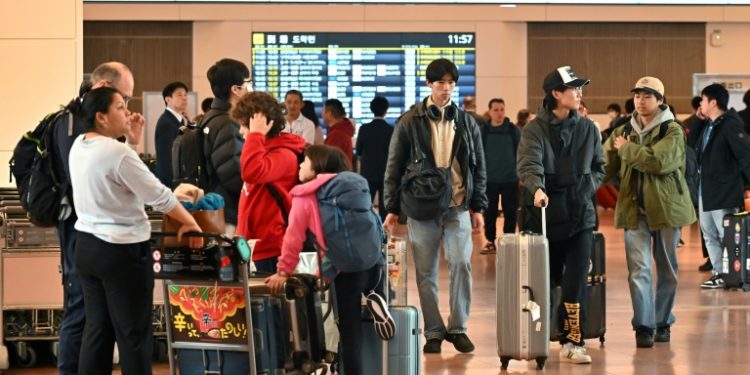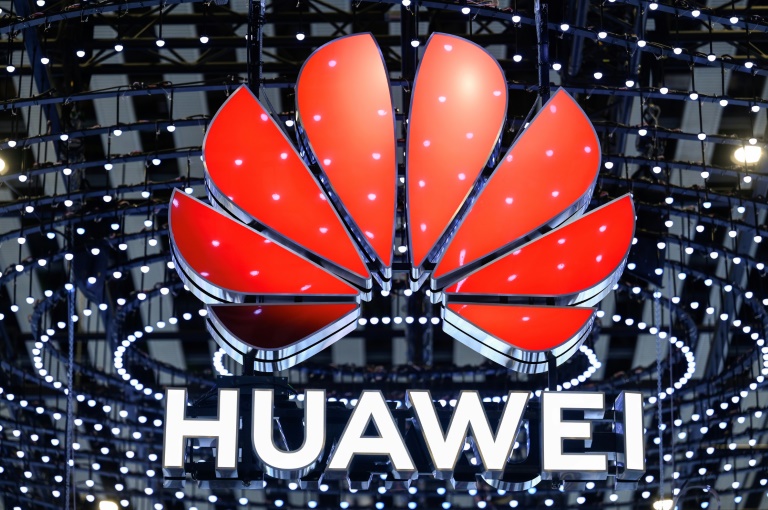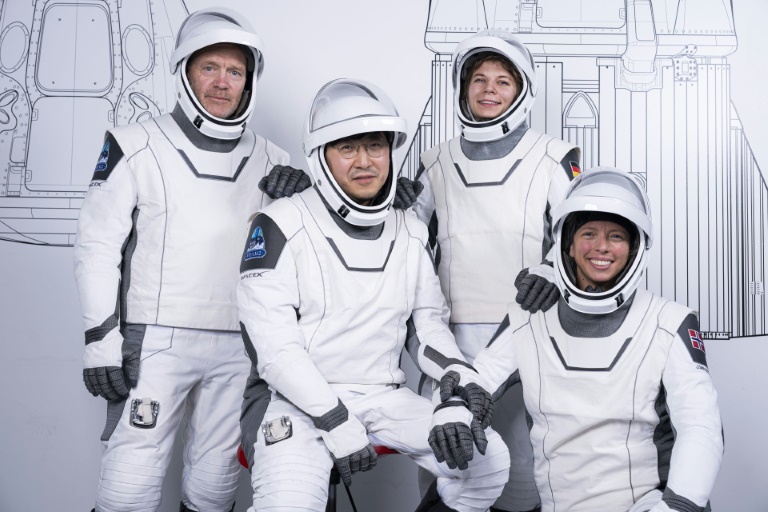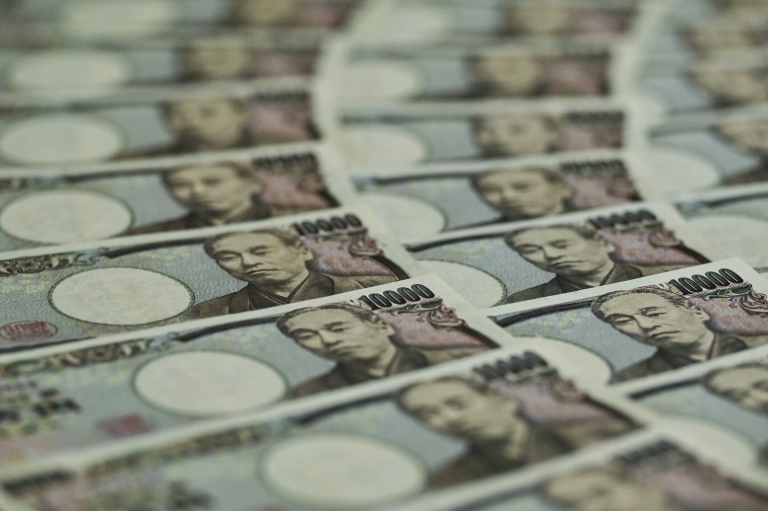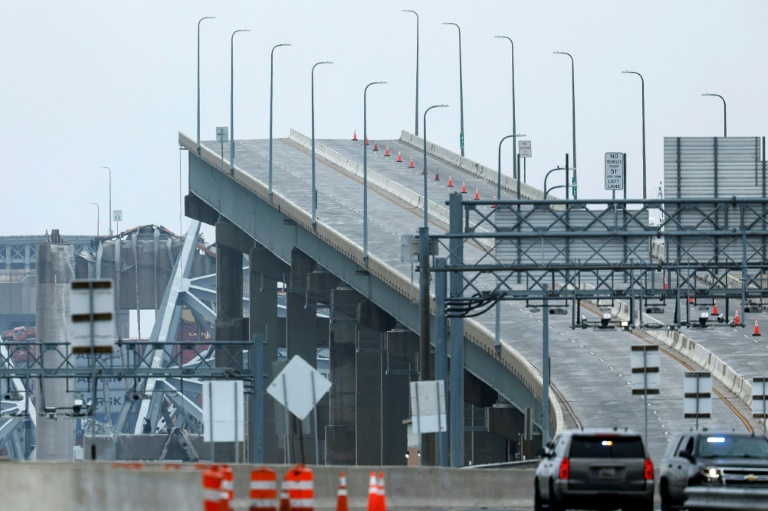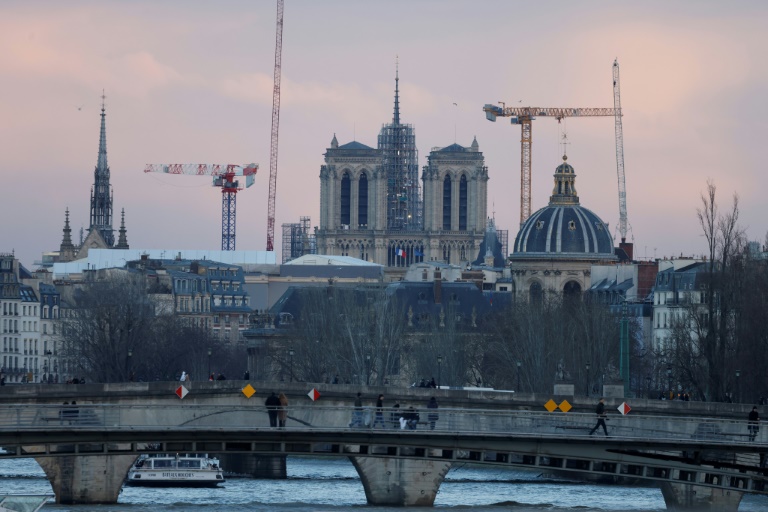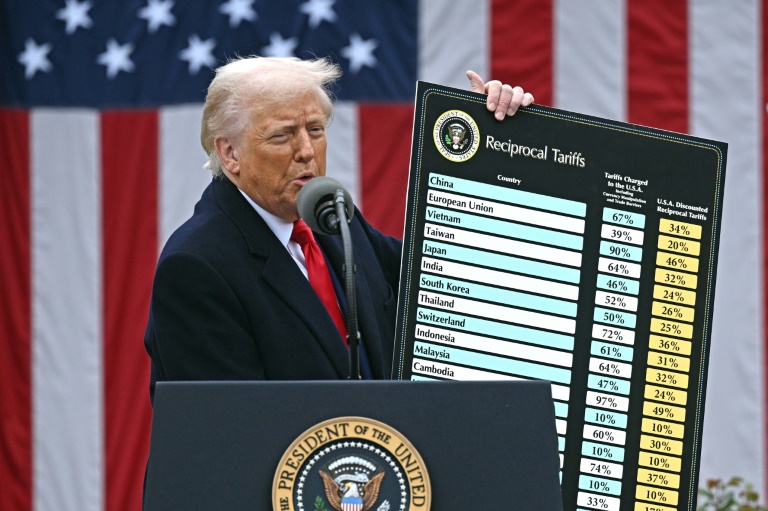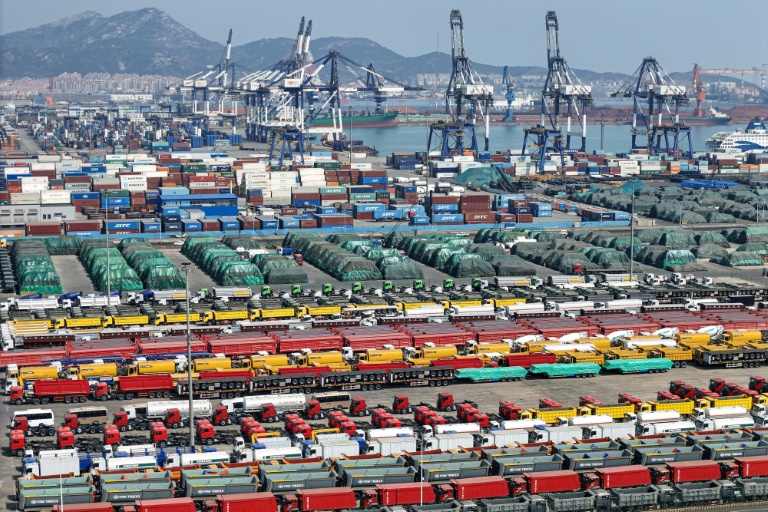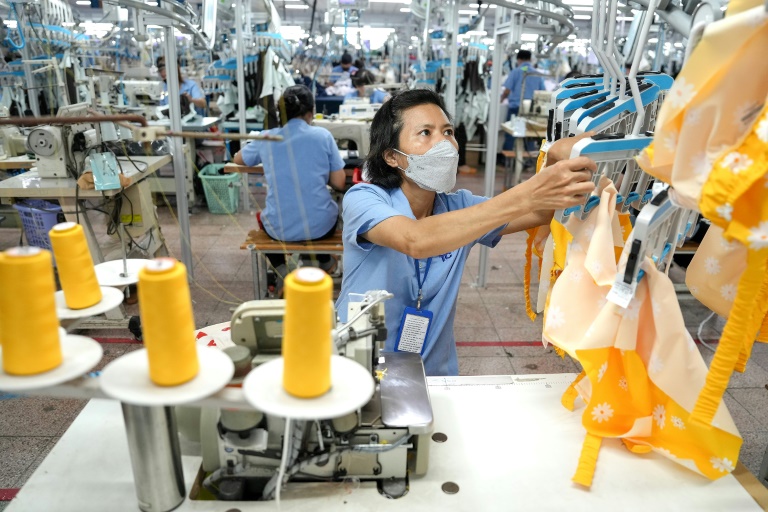Tokyo (AFP) – Japan announced plans on Wednesday to develop a next-generation passenger jet over the next decade after the last struggling attempt, led by a private company, was scrapped a year ago.
The new public-private project aims to use “new environmental technologies” such as hydrogen or hybrid electrics, a statement from the ministry of economy, trade and industry said.
“It is important for us to build next-generation aircraft based on technologies where Japan is competitive, while also contributing to the decarbonation of air transport,” the statement said.
The new plane will be ready after 2035, an economy ministry official said after a closed-door meeting of politicians, experts and businesspeople to discuss Japan’s aviation industry strategy.
Over the next 10 years, investment totalling five trillion yen ($33 billion) is needed in the industry including for the development of the new passenger plane, the official said.
The fresh push to build the nation’s first homemade airliner in more than half a century comes after Mitsubishi Heavy Industries (MHI) abandoned a much-anticipated attempt in February 2023.
The troubled project to develop a twin-engine plane for short-to-medium haul flights was ditched 10 years after the jet was due for commercial rollout, having suffered technical glitches and repeated delivery delays.
“For the Japanese aircraft industry to achieve sustainable growth, we cannot stay satisfied with our position as a parts supplier,” Kazuchika Iwata, state minister for economy, trade and industry, told the committee in comments open to press at the start of Wednesday’s meeting.
“In the new business fields of carbon-neutral technologies, including hydrogen, we aim to take a leading position” and partner with global players to develop a narrow-body plane, he said.
China showed off its first domestically produced passenger jet in Singapore last month, aiming to challenge the dominance of Airbus and Boeing with its single-aisle model.
Japan last launched a commercial airliner in 1962 — the YS-11 turboprop that was discontinued about a decade later.
Hydrogen fuel does not emit carbon dioxide when burned, making it an exciting prospect for Japan which is targeting carbon neutrality by 2050.
But environmental campaigners are sceptical about its use without a reliable supply chain for so-called “green” hydrogen, produced from renewable energy sources.
“Nothing concrete has been decided yet, but possibilities include hybrid electrics, hydrogen combustion, hydrogen FC — these are possible next-generation technologies we’re looking at and aiming to deepen our research of” in developing the new aircraft, the economy ministry official told AFP.
Edward Bourlet, an analyst at CLSA in Japan covering MHI, told AFP that Mitsubishi Heavy’s jet was a “massive cost burden” and “a nightmare project”.
Developing the plane in a consortium can spread risks but can also make such a project harder to coordinate, he said.
“The main issue here will probably be the hydrogen side of things if that’s what they’re going for,” he said.
“Conceptually, it’s a great idea,” and “if anyone’s going to develop a hydrogen aircraft then I suppose Japan is well positioned to do so,” Bourlet added. But “the benefits of such and the costs associated with developing that sounds a bit precarious to me”.
© 2024 AFP

